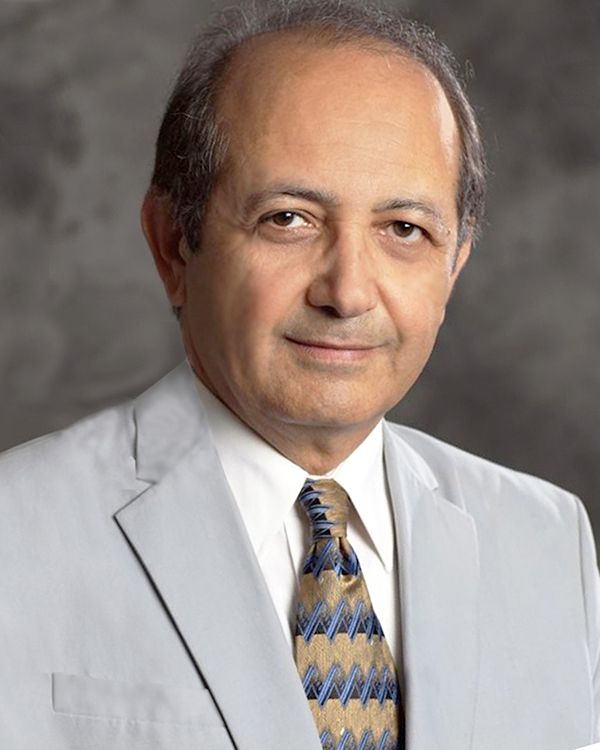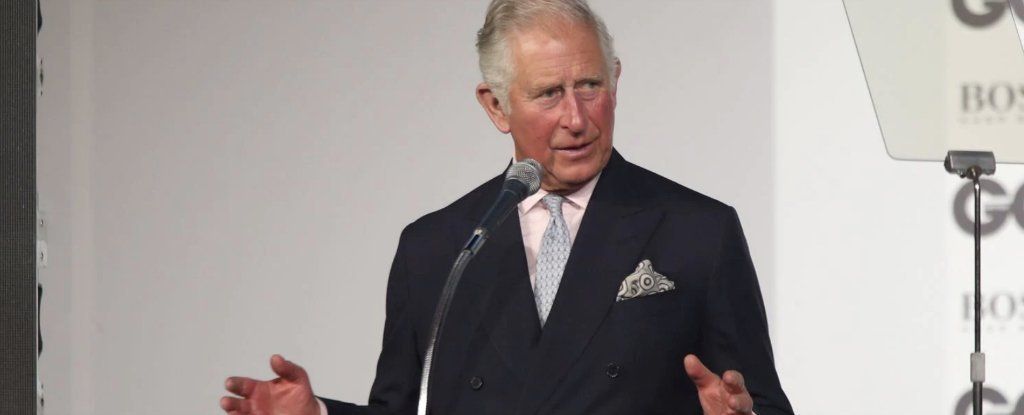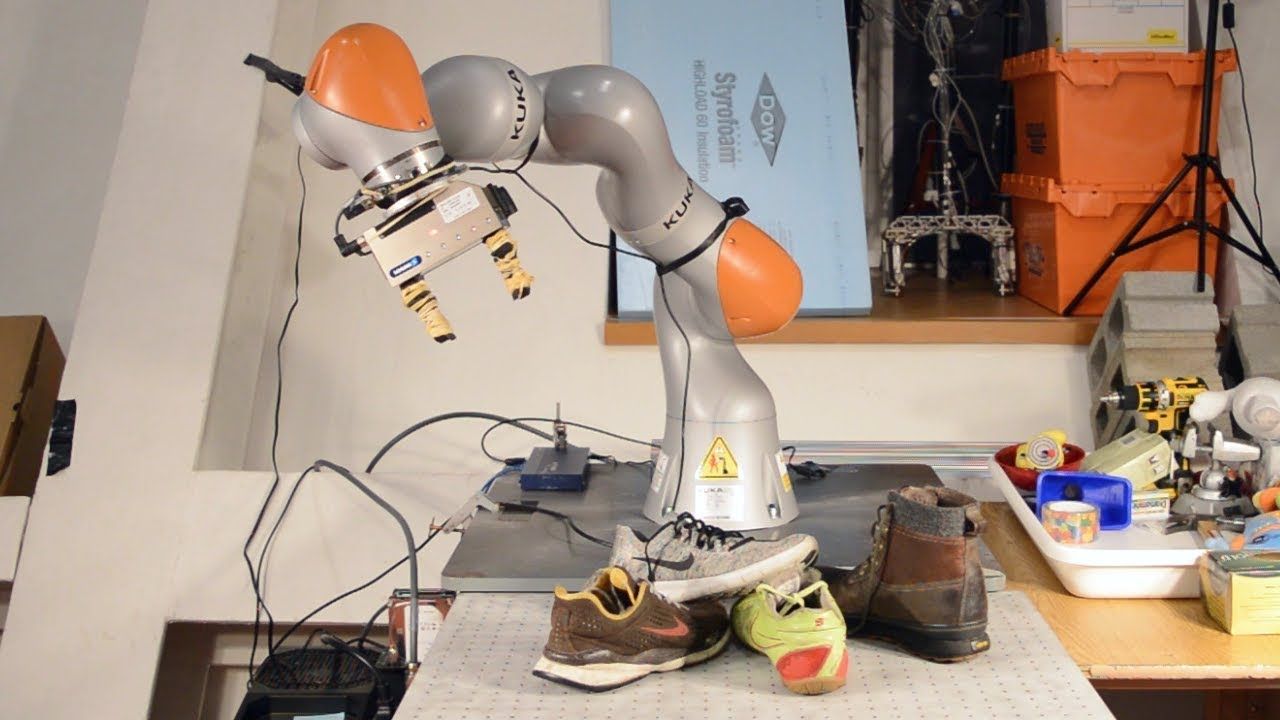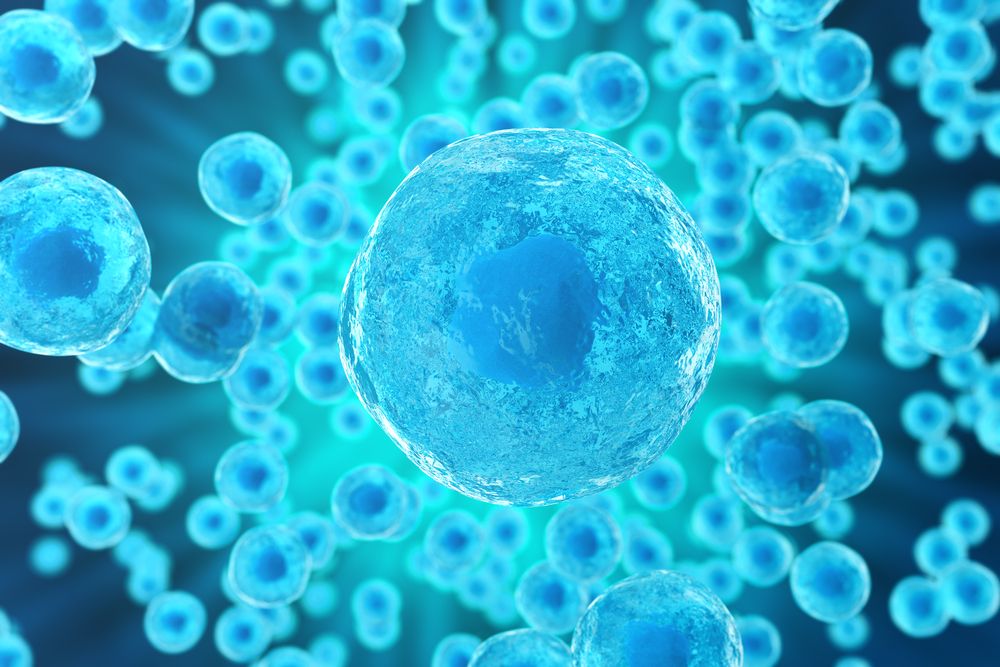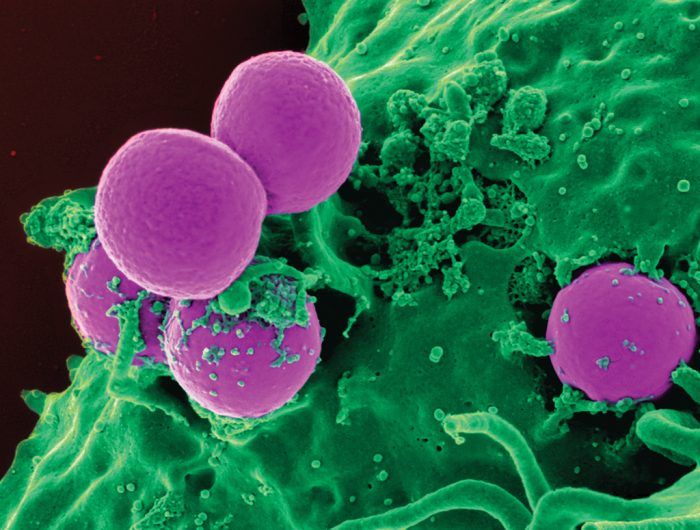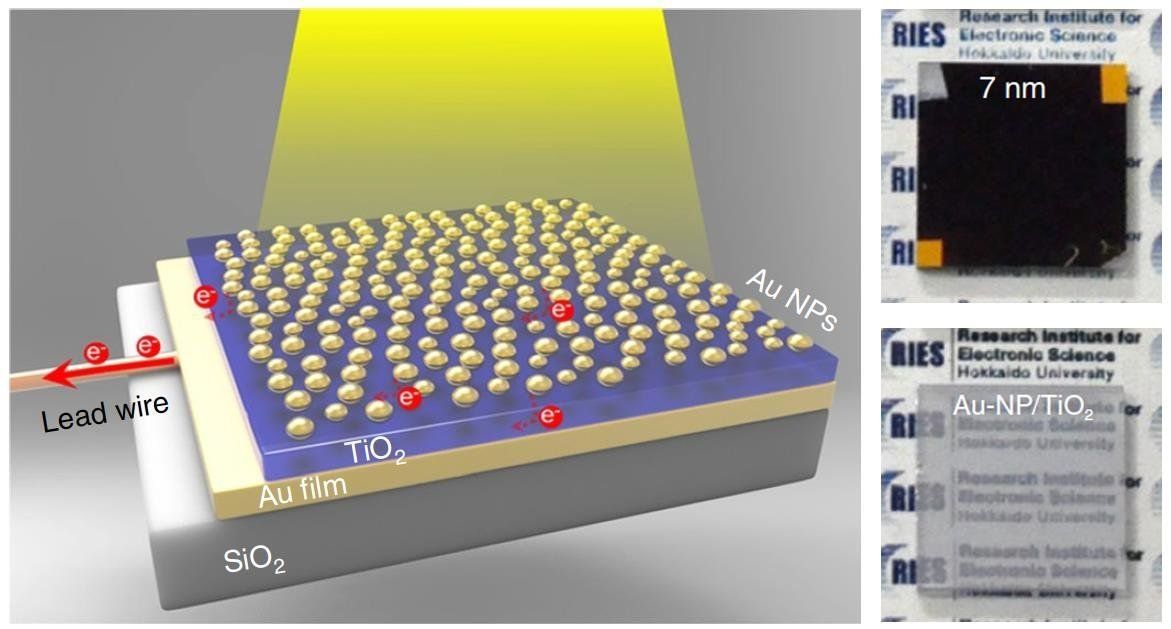Many congrats to @Enrico Dini 🔝🍾🎉🎉🎉🥇Enrico reached that outcome after an eclectic professional path: a graduate of Civil Engineering at Pisa University, Enrico has spent his entire career in automation and robotics. In 2004, Enrico envisioned the endless potential of the use of additive manufacturing techniques at architectural scale as a means to affordably reach architectural beauty. Since then, Enrico has dedicated his entire professional career in the pursuit of his passion to 3D print beautiful architecture.
At the Digital Concrete 2018 Conference, several awards will be presented. Award categories include: Best Proceedings Paper, Best Presentation, and Best Poster. Each category will have an award encompassing all entries, and one for students only. The awards will be given at the conference closing on Wednesday, 12 September, before lunch.
In addition, two Pioneering Achievement Awards will be given to two pioneers in the field of digital fabrication with concrete, Prof. Behrokh Khoshnevis and Enrico Dini. Information for the two awardees is seen below.
